Occupational lenses: when and why to use them?
Not only materials and coatings, but also the choice of the type of lenses can significantly contribute to alleviating visual stress. Occupational lenses help in this regard, providing a tailored solution for our specific needs.
This type of lenses is divided into two product families: anti-fatigue lenses and office lenses (or degressive).
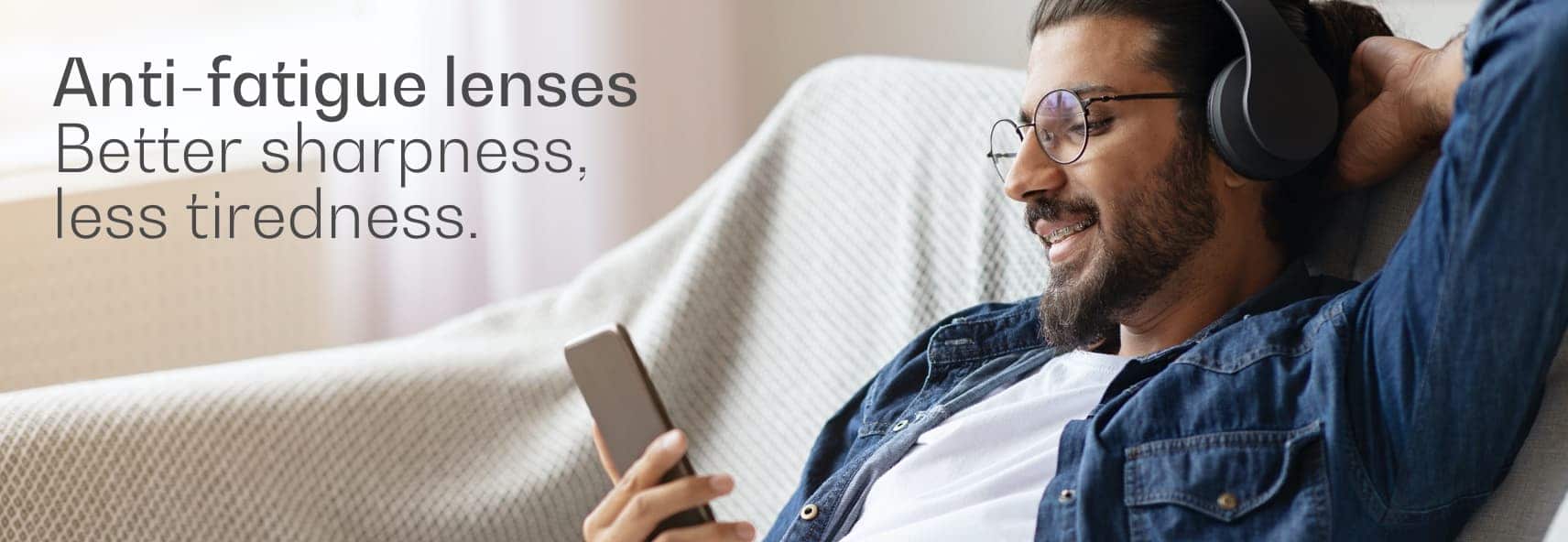
Anti-Fatigue Lenses
Anti-fatigue lenses are designed to improve visual comfort and reduce symptoms related to eye fatigue, such as dryness, redness, and headaches. These symptoms result from rapid changes in focus and prolonged use of close-up vision, activities commonly performed at work but also involving prolonged use of digital devices or reading. These lenses are suitable for individuals between the ages of 13 and 45, or until a person requires multifocal lenses.
These lenses maintain a wide field of distant vision and provide slight accommodative support in the lower portion of the lens, facilitating the focus of nearby objects. The support allows not only the relaxation of the ciliary muscles, which control the lens, but also greater clarity in close-up vision and better posture.
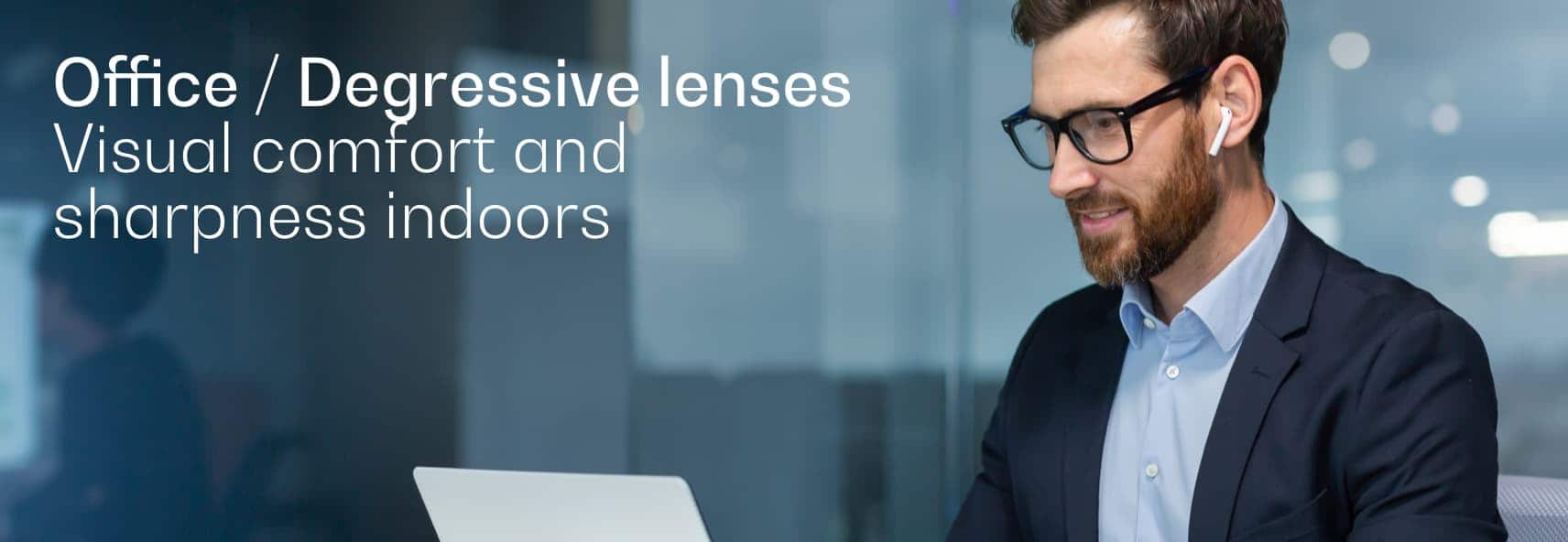
Office Lenses/Degressive
People with presbyopia may experience greater difficulty in intermediate-distance vision. This is because the lenses used to correct this condition are primarily designed for near and far vision. Consequently, working in front of a screen located at a distance of 70-80 cm or chat with a colleague at the desk next door can become extremely bothersome.
Office lenses, also known as degressive lenses, are optimized for correction in both near and intermediate vision. They provide visual comfort and sharpness to the wearer, especially in indoor environments. The maximum viewing distance is chosen based on the individual’s main activity; in fact, some office lenses can correct vision up to one meter away, while others allow clear vision up to four meters.
It should be noted that these lenses are not designed to correct distance vision and are therefore not suitable for driving. Their use is primarily intended for indoor environments.
Here are some simple basic guidelines to follow during study or work to prevent eyestrain:
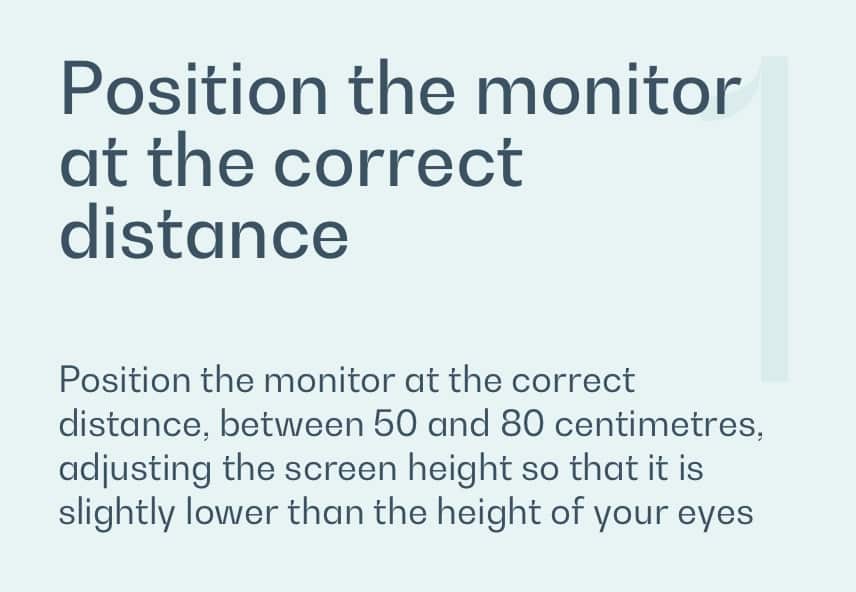

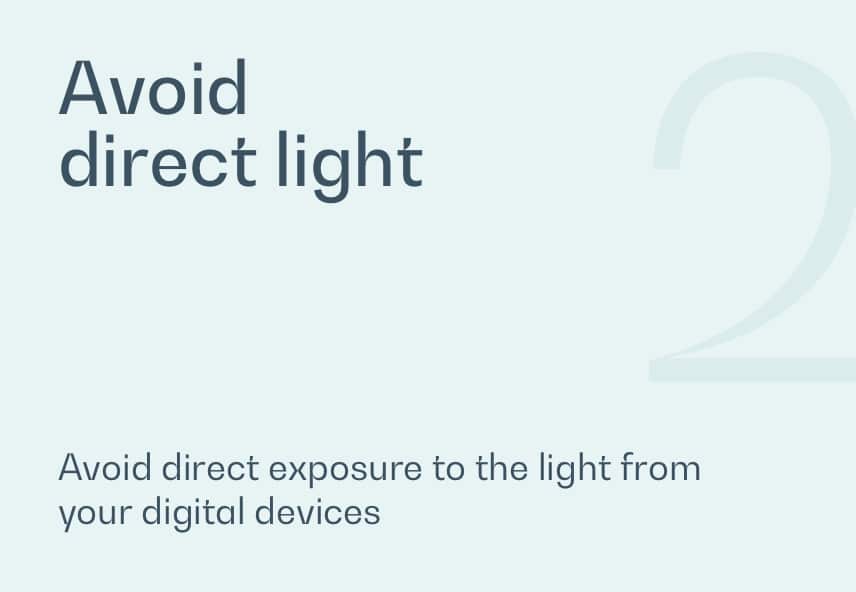

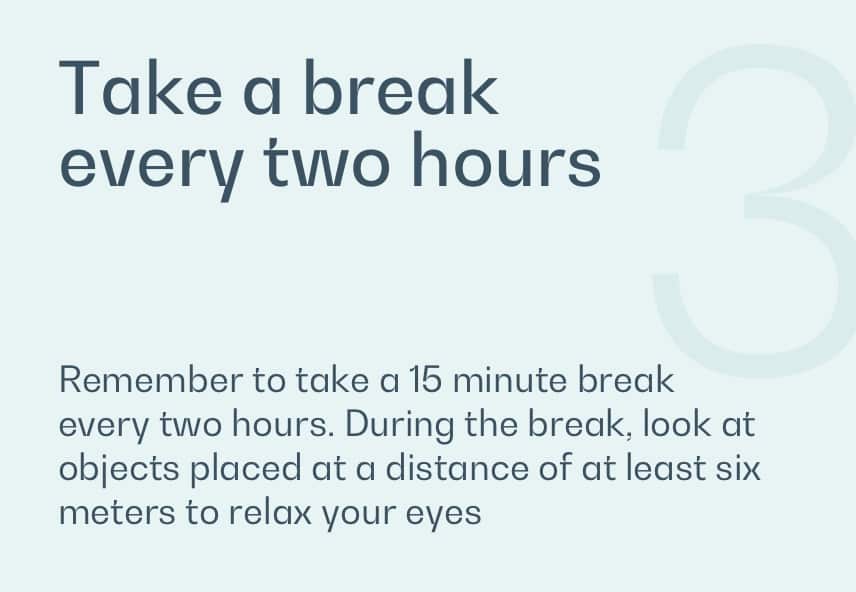

Una scelta oculata e consapevole delle lenti occupazionali può contribuire notevolmente a ridurre lo stress visivo migliorando la qualità della tua vita.